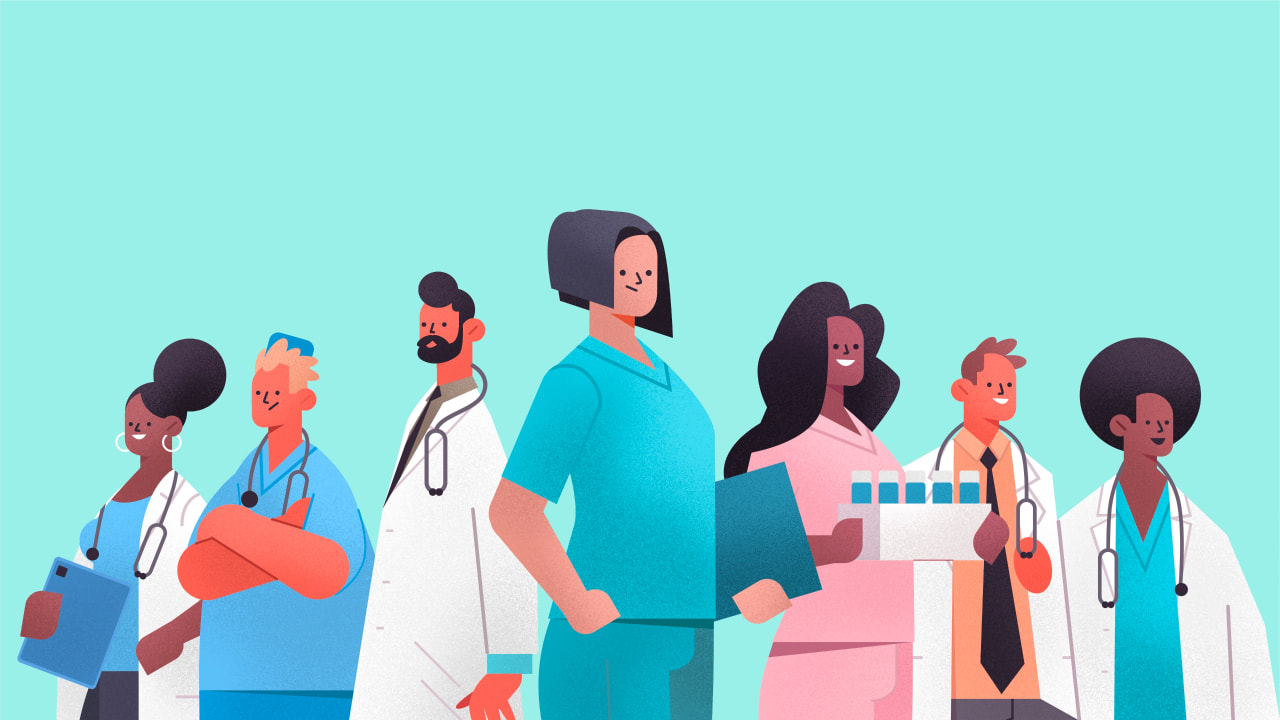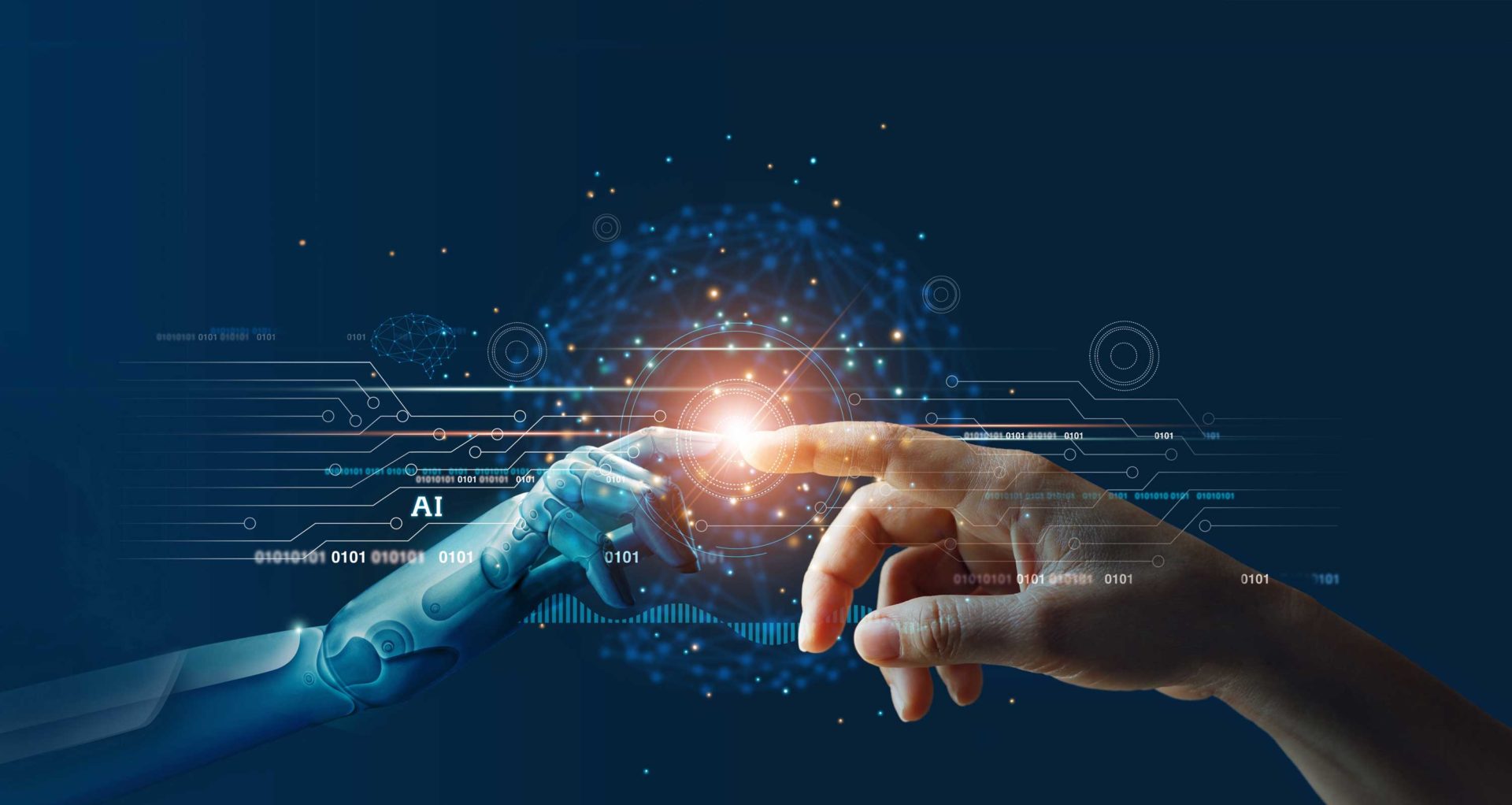
Generative AI: The New Lifeline to Overwhelmed Healthcare Systems
The world’s population is growing, and the healthcare system is struggling to keep up. According to the World Health Organization, there is a shortage of health workers, including physicians, radiologists, and other professionals. This shortage, combined with the increasing stress and burnout of healthcare professionals, is pushing many to exit the field, further reducing the number of practicing workers. Becker Health estimates that nearly 72,000 American physicians left the workforce between 2021 and 2022, and some 30,000 who will join the workforce will not be enough to meet the growing demand.
At the core, both these challenges - the rising caseload and dwindling workforce - are leaving one major impact: diminished quality of patient care. This is where generative AI can come in, saving healthcare staffers valuable time and resources and enabling them to focus on enhancing clinical outcomes.
Understanding the Potential of Generative AI
First off, it’s important to understand that AI is not new in healthcare. Organizations have been experimenting with predictive and computer vision algorithms for a while now, most notably to forecast the success of treatments and diagnose dangerous diseases earlier than humans. However, when it comes to generative AI, things are still pretty fresh, given the technology came to the forefront just a couple of years ago with the launch of ChatGPT. Gen AI models use neural networks to identify patterns and structures in existing data and generate new content such as text and images. They are applicable across sectors, including healthcare - where organizations cumulatively generate about 300 petabytes of data every single day.
Healthcare data
Now, with the ability to learn from data and create something new, gen AI can not entirely replace doctors or do the work they do, but it sure can ease up the strained healthcare pipeline by augmenting certain aspects of the system. This can be anything from simplifying patient journeys and teleconsultation to handling clinical documentation and providing relevant information when the doctor is in surgery.
Let’s look at the most feasible applications with gen AI that are possible today.
AI Assistants for Medical Guidance
After COVID-19, most organizations launched remote consultation services, where patients could get in touch with the doctor without actually visiting the hospital in person. The approach worked but left physicians overworked as they had to deal with both online and offline patients. With gen AI, healthcare organizations can launch LLM-backed AI assistants to address this. Essentially, they could fine-tune models like GPT-4 on medical data and build assistants that could take basic medical cases and guide patients to the best treatments on the basis of their systems. If any particular case appears more complicated, the model could redirect the patient to a doctor or the nearest healthcare professional. This way, all cases would get addressed without putting the doctors under immense work pressure. Multiple organizations, including Sanofi, Bayer, and Novartis, have taken this approach and launched AI assistants on their respective platforms.
 AI assistants
AI assistants
Agents for Streamlining Administrative Work
Along with assessing conditions and providing guidance, generative AI chatbots can also be built to handle basic healthcare operations like booking appointments and reminding patients about their scheduled visits. This can save the hours human operators have to give in for handling an ever-increasing number of calls and messages in healthcare systems.
Among the providers using conversational AI agents are Mercy Health, Baptist Health, and Intermountain Healthcare. They all have launched bots for automating tasks like patient registration, routing, scheduling, FAQs, IT helpdesk ticketing, and prescription refills. Further, many have even started deploying gen AI copilots that listen to the conversation between the patient and physician and generate summarized clinical notes, saving doctors the trouble of documenting and filing the information manually in an EHR.
Nabla, one of the providers of such copilots, even uses these notes to generate a set of patient instructions, on behalf of the physician. This capability can be further developed into a gen AI system that sits alongside the doctor and creates personalized treatment and therapy plans based on the current conditions as well as previously recorded parameters, including genetic makeup, health history, and lifestyle.
Data Retrieval in Workflow
One of the biggest strengths of LLMs is that they can be enhanced with retrieval augment generation (RAG) to tap additional data resources without retraining. This enables healthcare organizations to build internal smart assistants or search systems that could provide the most relevant, contextual answers for any given query. For instance, RAG-based systems could help physicians with decision support by producing evidence-based recommendations for a specific condition.
In other cases, they could produce fact-based medical reports/patient data from EHR systems or share the latest clinical guidelines for treatment. San Diego-based Nanome used this technique to develop an assistant that taps large language models (LLMs) and access to real-time internal data and molecular simulation systems to help pharma teams in their drug development workflows.
Data Analysis, Report Generation
Another notable application of generative AI would be data analysis, specifically the analysis of medical images like CT scans, MRIs, and X-rays. Even after rapid digitization, most diagnostic agencies today rely on human experts to study medical images and write reports for patients. The work takes a lot of time and effort and is even prone to errors stemming from inherent biases or just basic human tiredness.
With a gen AI-driven approach, teams could fine-tune models like GPT-4 vision and use them to study and generate reports from medical data, automating and accelerating the entire process for good. Yes, the idea is still fresh, but early experiments show it is a promising application of gen AI in healthcare. In fact, a study by JAMA Network found that AI-generated reports for chest radiographs had the same level of quality and accuracy as those produced by human radiologists.
 Medical images
Medical images
Drug Development
Finally, with its ability to understand intricate patterns and structures in complex medical data, generative AI can also help with drug development. The technology can assess unique markers of a particular disease and come up with new combinations of chemicals or novel molecule structures that could lead to potential drug candidates. It can even screen the generated compounds based on their characteristics and predict side effects and drug interactions.
Just last year, Insilico Medicine’s gen AI-generated INS018_055 drug for idiopathic pulmonary fibrosis, which affects about 100,000 people in the U.S., went into clinical human trials and is now closing in on wider release.
Caution Is a Must
Despite these potentially transformative applications, healthcare organizations must understand that generative AI will be only as good as the data it has been trained/fine-tuned upon. If the data is not prepared well or carries any kind of biases, the outcomes of the models will also reflect those problems, hitting the reputation of the business. This means organizations should first prepare the data in the best way possible - while removing personally identifiable information (PII) from it - and then move towards the next stages of the project lifecycle, including training and inference, to make clinician and administrative efforts a little less burdensome.
Healthcare data












